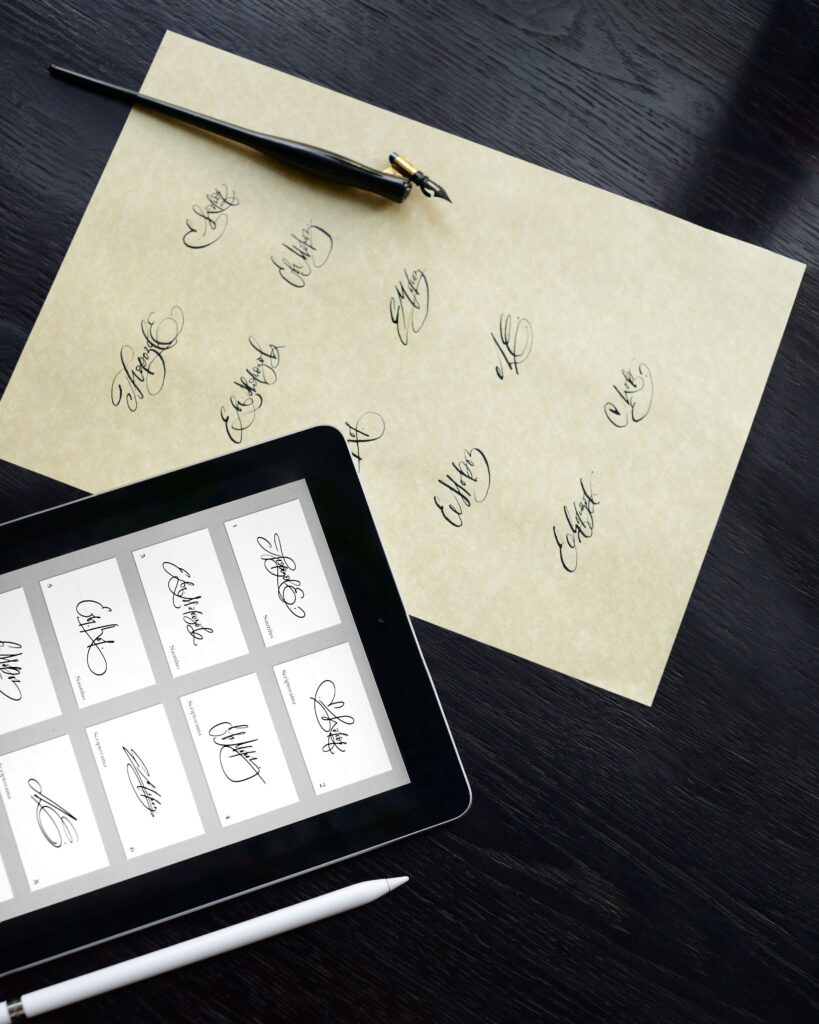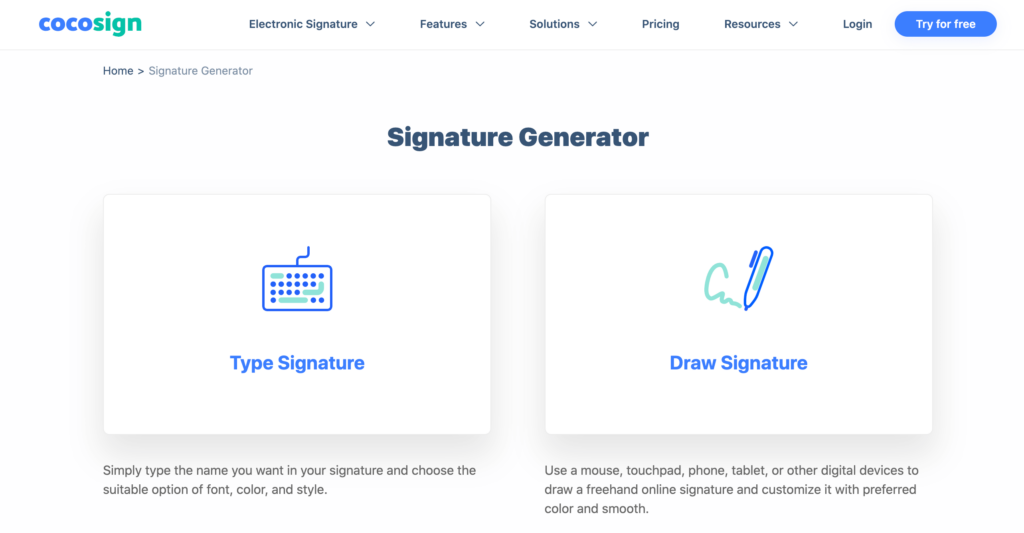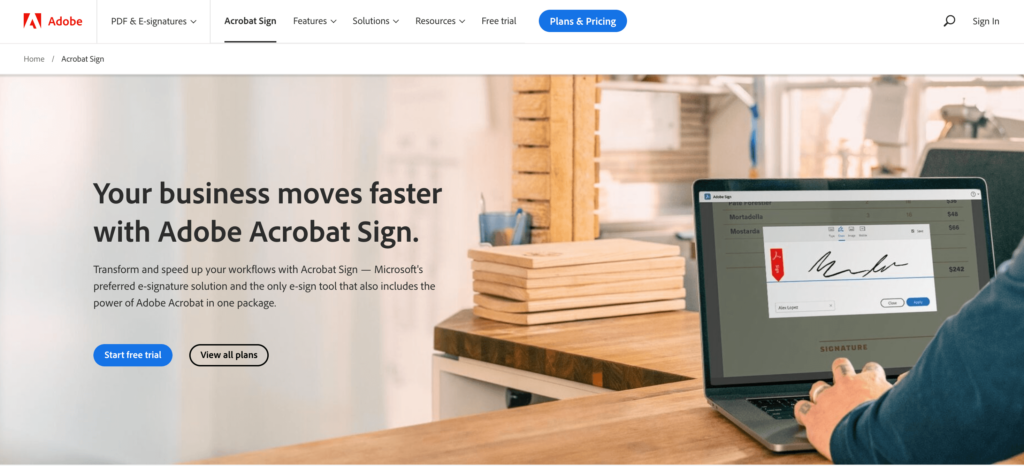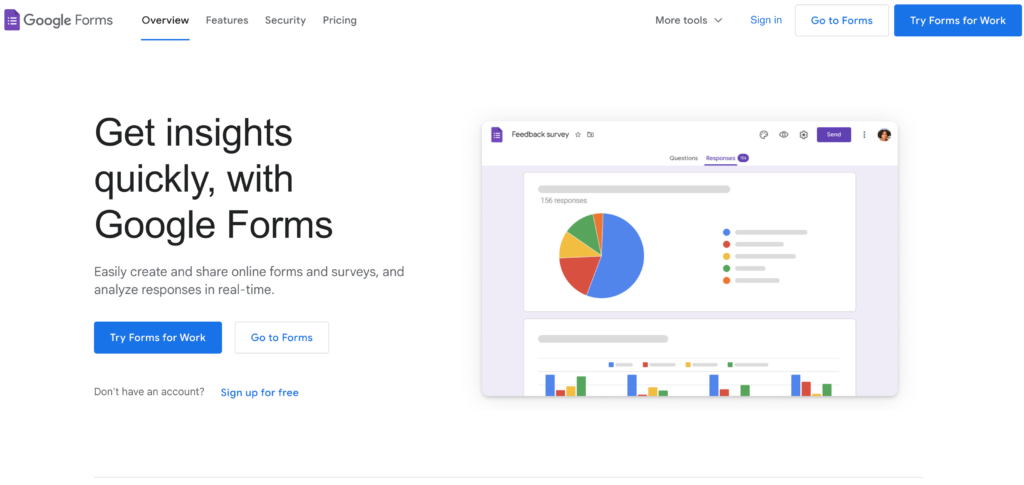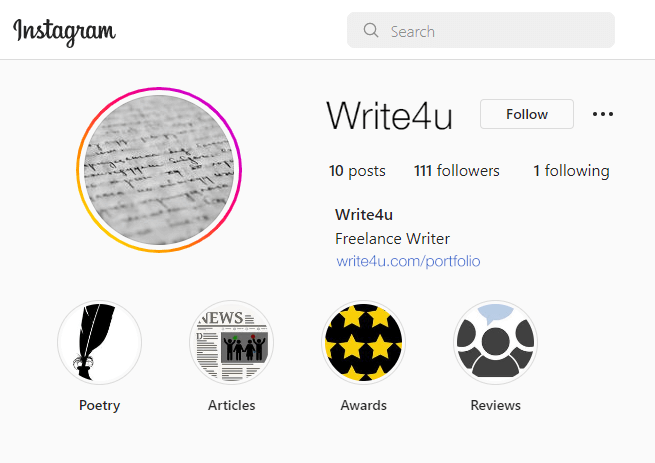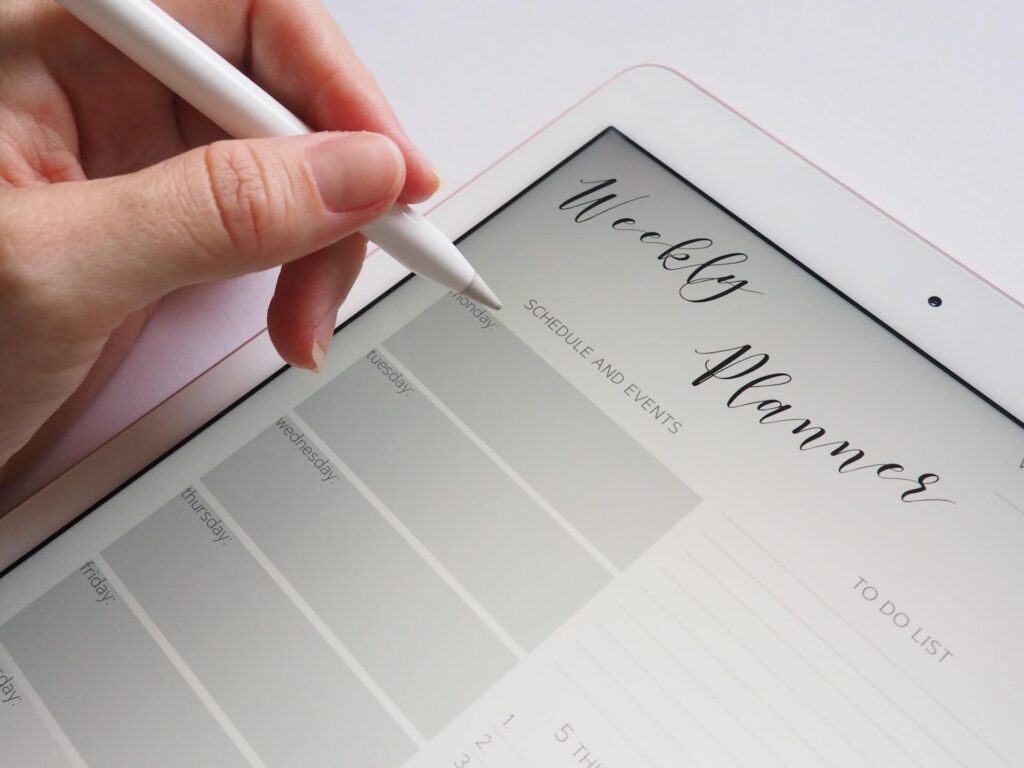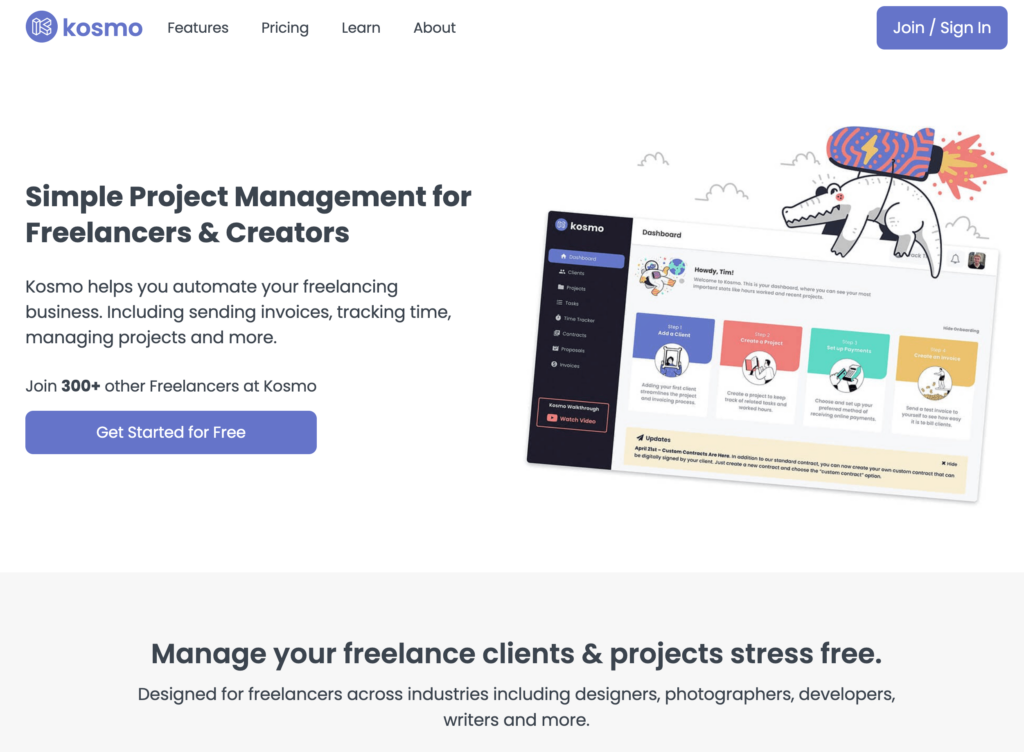How to Tell Someone Your Hourly Rate and Get the Job
As a freelancer, it could be a challenge when you don’t know how to tell someone your hourly rate. One cannot definitely discuss this with ease because there’s a lot of overthinking going on in your head the moment the question pops out.
“If they think my rate is high, I might lose the client.”
“If I give a low rate, will I look like I am underqualified?”
“Can they wait for an answer?”
Potential clients will ask for your rate. Remember that. Some would even ask for your rates before discussing a project. So what should you do to avoid having an awkward silence during the conversation? What should you keep in mind to be able to answer the question confidently AND get the gig?
First Things First

First things first, know what your rate really is. It would be best if, before you start looking for clients, you already have a set of rates for your product or service. If you are new to the gig economy, you might have a hard time deciding your hourly rate. Here are some tips on how you can determine a reasonable hourly rate:
- Know your expenses. Make a list and estimate the costs you will incur based on the simplest work you are to deliver. Consider everything that would require you to shell money out, like rent, utilities, office supplies, software, transportation, and communication expenses.
- How much is your salary? Be brave and list down how much you think you should earn for your services. Consider how much time you spend on a project. Include your certifications, specializations, and expertise in your computation.
- Industry Standards. Of course, there are freelance market rates per industry that are available online, which you can check. You can use the industry standard rate as your guide to whether you are in the right price range. Knowing the rates of your competition will help you decide on how much you can raise or drop your pricing.
- Solo, Package, Retainer. Explore having different pricing strategies like a solo project rate, a package rate where you can provide additional services, or a retainer agreement.
Establishing your pricing wisely will help you be confident and not worry about how to tell clients your rate. For example, if you are a graphic designer, you now know how to quote a graphic design project correctly because you have a clear understanding of the factors to consider.
So, you now know your rate and how to quote for a project. It’s time to know how to tell someone your hourly rate.
How to Tell Someone Your Hourly Rate
Breathe. Breathe and smile. When your client asks you about your rates, do not blurt it out right away. More often than not, potential clients ask for your rate first before even discussing the work to be done. You may be giving your client a high rate for a simple project if you respond right away and end up losing them. Or, if you give a low quote immediately, the client might interpret it as you being underqualified.
Let’s look at some tips on how to tell someone your hourly rate, which can help you get the job:
1. Discuss the Project.
You need to have a clear and accurate picture of what the client requires from you. In most instances, the price inquiry will be asked before the actual project is discussed. Make sure first that you have the necessary details before you answer. You may respond this way, “Why don’t we discuss your requirements a little bit more so I can understand what you need and give you a quote most fitting for your project?” Once you know the project requirements, you can now decide on the hourly rate you wish to charge and respond confidently.
If your client has not given you enough information or refuses to give you the specific details you need to decide on a rate, you can provide them with a price range that you are comfortable with. You can always direct the conversation to lead your client to tell you more about what they want. For example, if you are a photographer, you can say, “The photoshoot varies from $50 to $75 depending on how many layouts are required. But if you can tell me what you have in mind, I can give you a more definite rate.“
2. Send A Proposal
For clients that are willing to discuss the project, you can always offer to send them a proposal. Sending a proposal rather than instantly telling them your rates will give you more time to assess the project. In the same way, the client will get to see a more detailed quotation so they understand the inclusions of the price.
Make sure that you send a professional and well-written proposal. And as much as possible, send it as soon as possible. Do not make the client wait too long, or you might lose the job. To help you draft an effective proposal, you can use a project management software like Kosmo, which offers quick and easy proposal generation through its customizable proposal templates.
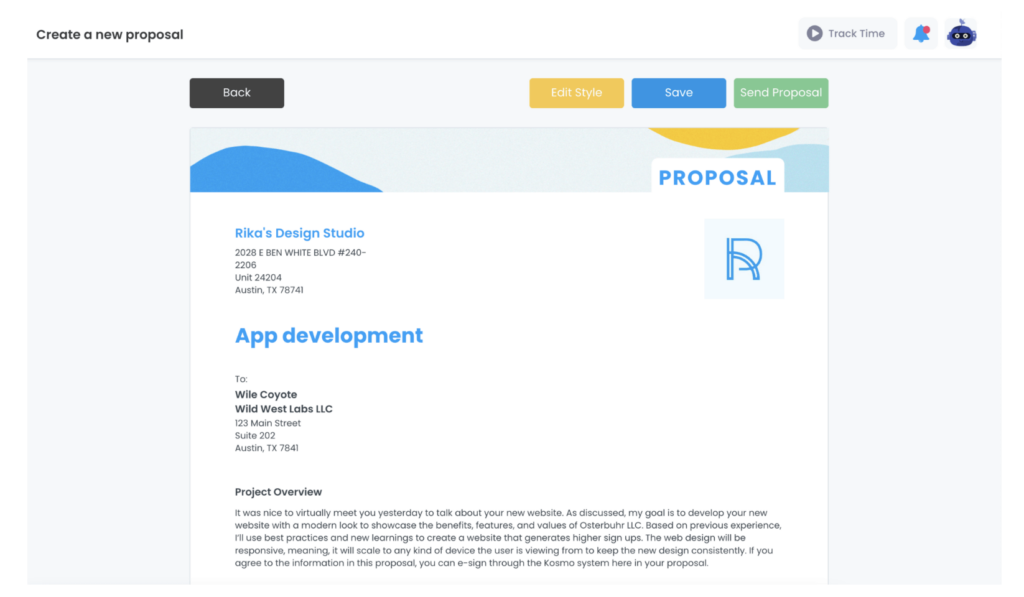
Sending proposals will not only save you from the dreaded “What’s your rate?” discussion but also allows you to showcase and explain in full what you are offering with the given rate. Plus, you will readily have a database of all the proposals you’ve sent and use them as references for future projects.
3. Prepare Your Price List
Because technology has sure made business more manageable, why not create your own freelance price list template? Remember that you can make your own pricing strategy (solo, package, retainer). It would be impressive if you could present it to your client during your meeting. You can have your template printed out or ready to be presented on your laptop or tablet. It would also be easier for you to discuss your rates if there are good visuals to support your pitch. There are a lot of free designer tools you can use, like Canva, Microsoft Powerpoint, or Apple’s Keynote.
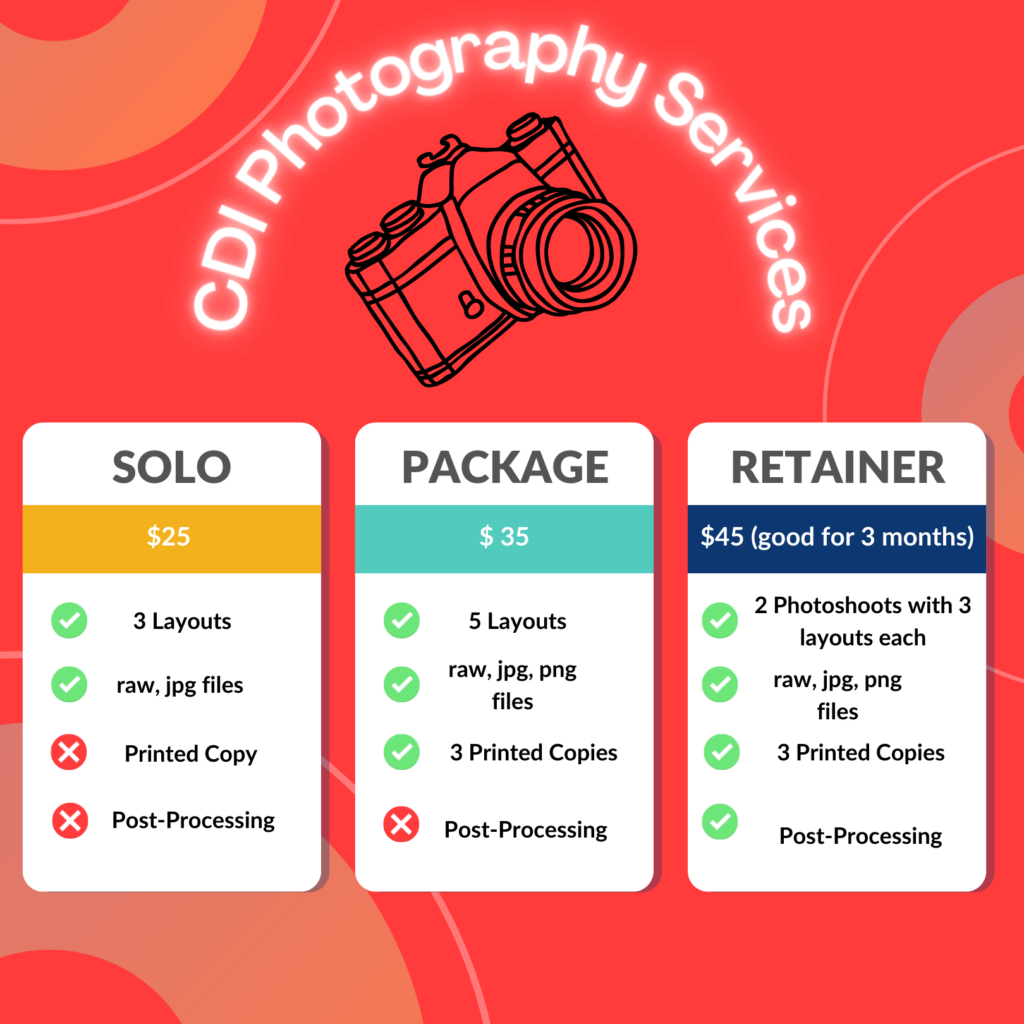
4. Practice Professional Conversations
Yes, selling a product or service is not easy. What’s even scarier? Discussing quotations, right? But you don’t have to! Practice how you will respond, and know how to respond with courtesy, professionalism, and confidence. Practice having the conversation, and train your mind to discuss pricing with conviction and sensitivity. Sometimes, it is not all about the numbers but about the delivery.
5. Have It Ready on Your Online Pages
If having your rates publicly seen online is not an issue for you, then post it could be advantageous to post them on your website, social media pages, and job sites. You can post your freelance price list template there. Some potential clients may not have time for a meeting and will want an instant response. Plus, with the evolving marketplace practice now of using SMS or messaging apps to inquire, you can simply send a link to your page where your rates are posted.
In Case of Negotiations…
Some clients, especially those who are price sensitive, will negotiate. Be prepared as these situations come pretty often. When your client asks if you can do it cheaper, remember that good communication skills and a smart negotiation strategy is the key. Rather than instantly agreeing to lower your rate (even if you believe that you can still earn profit in doing so), offer complimentary services or products instead. This will look like a bonus or freebie, which will add value to your product or service. Just make sure that you are not on the losing end of the bargain!
Pro tip: Know your worth. Only you can appreciate the value of the work you do in each and every task, every hour of every day. So know when to draw the line and stick to the final numbers you can negotiate with.
Conclusion

It is true that one of the most dreaded questions of any freelancer is, “What is your hourly rate?” Aside from the difficulty of quantifying what tasks you can actually do per hour, there is fear of immediate judgment if you reply right away. Yes, it is okay to take your time. It is best to take your time. Now that you know how to tell someone your hourly rate, you can confidently respond and land your next big client!
Get Organized & Win More Clients
Kosmo has everything you need to run your freelancing business.












